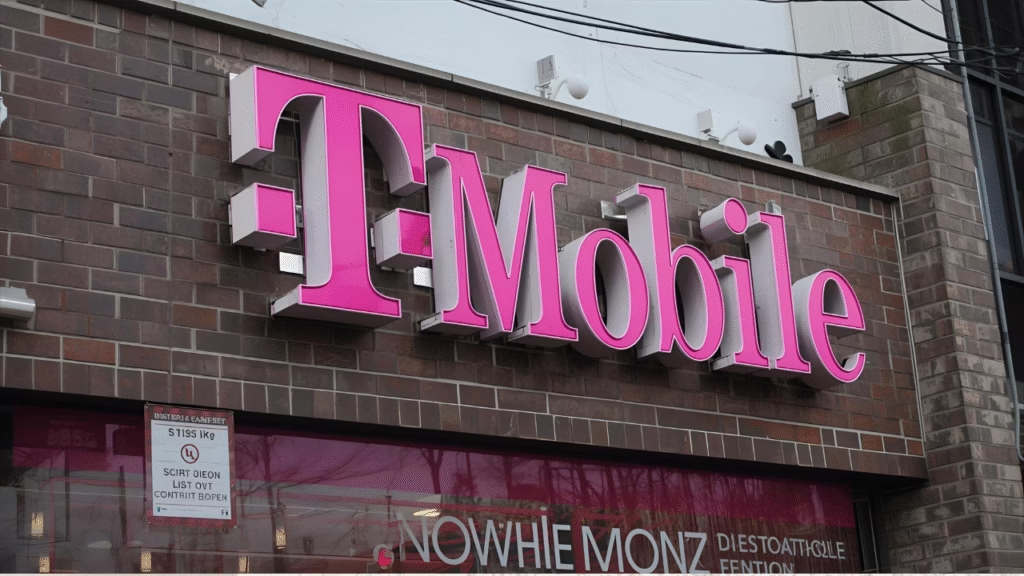
Recent financial disclosures and industry analyses have confirmed that Verizon is losing customers particularly in its postpaid wireless segment. While rumors once swirled about elevated churn due to pricing shifts, the latest quarterly results validate those suspicions with hard numbers and strategic adjustments that underscore the challenges ahead.
In the first quarter of 2025, Verizon reported a net loss of ~289,000 postpaid phone customers, a figure that analysts believe could be even higher depending on how the metrics are parsed. This marks a sharp contrast to previous periods of growth or stability. The company attributed much of the decline to price increases, removal of discounts, and reduced contract volume from government or enterprise accounts.
Verizon’s management also acknowledged that competitive pressures and more cautious consumer spending are playing a role. Rival carriers have aggressively marketed low-price plans and incentives, making it easier for customers to switch. At the same time, consumer behavior has shifted: phone upgrade cycles are lengthening, reducing opportunities for users to transition to new devices through their wireless carriers.
Despite the shrinking base of wireless customers, Verizon’s financials have held up reasonably well. Their wireless service revenue grew year over year in some quarters, signaling that the remaining customers are generating higher average revenue. The company has responded with retention offers, price-lock plans, and expanded emphasis on broadband (Fios) and enterprise solutions to offset reliance on wireless growth.
Still, the challenge is clear: customer loss is no longer a rumor or speculation. It’s a confirmed trend that Verizon must manage carefully in a saturated U.S. wireless market. The next few quarters will be pivotal: can Verizon slow the bleeding and rebuild with quality customer acquisition, or will the losses widen further?
See Also T-Mobile Customer Growth Verizon Exodus Reshapes Market



